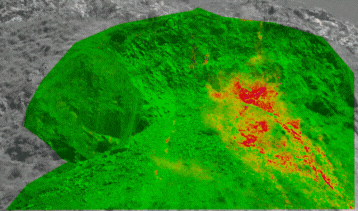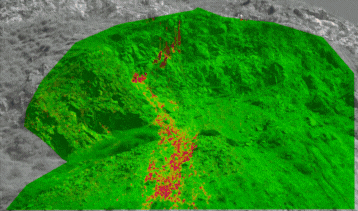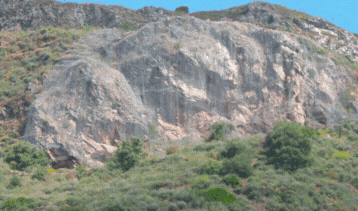Rockfall Monitoring – Taormina Project
Issue
An unstable rock slope above Taormina required urgent stabilization works, including the controlled demolition of hazardous boulders with a total volume of 3000 m3 as part of the work to double the high-capacity Messina-Catania railway line (Sicily). The client demanded continuous monitoring to ensure worker and public safety during operations, with the capacity to issue alerts if new collapses occurred.
Solution
NHAZCA installed a Photomonitoring™ system on 23 April 2025 as part of the emergency monitoring campaign. The system acquired high-resolution optical images at frequent intervals and processed them with the proprietary IRIS software for change detection. This allowed:
- Continuous tracking of slope conditions during demolition.
- Detection and validation of rockfall events and debris movement.
- Mapping of change areas (anchors, nets, unstable sectors).
- Automated data transfer and centralized control with alert capabilities.
Achievements
Photomonitoring™ delivered reliable, near real-time detection of slope instabilities throughout the works. The system correctly identified the changes undergone by the rocky ridge following the detonation and detected numerous rockfall events, both spontaneous and caused by operators on site. The system provided:
Daily and event-based change detection maps, highlighting pre- and post-collapse conditions.
- Quantitative inventories of rockfalls and debris movement.
- Enhanced safety, reducing the need for on-slope inspections.
This ensured secure execution of the demolition works and gave stakeholders objective data to guide risk management and mitigation planning.

Identification of an artificial collapse phenomenon caused by post-explosion consolidation works

Identification of debris and personnel movement during post-explosion consolidation work

Identification of changes to the slope following the explosion
